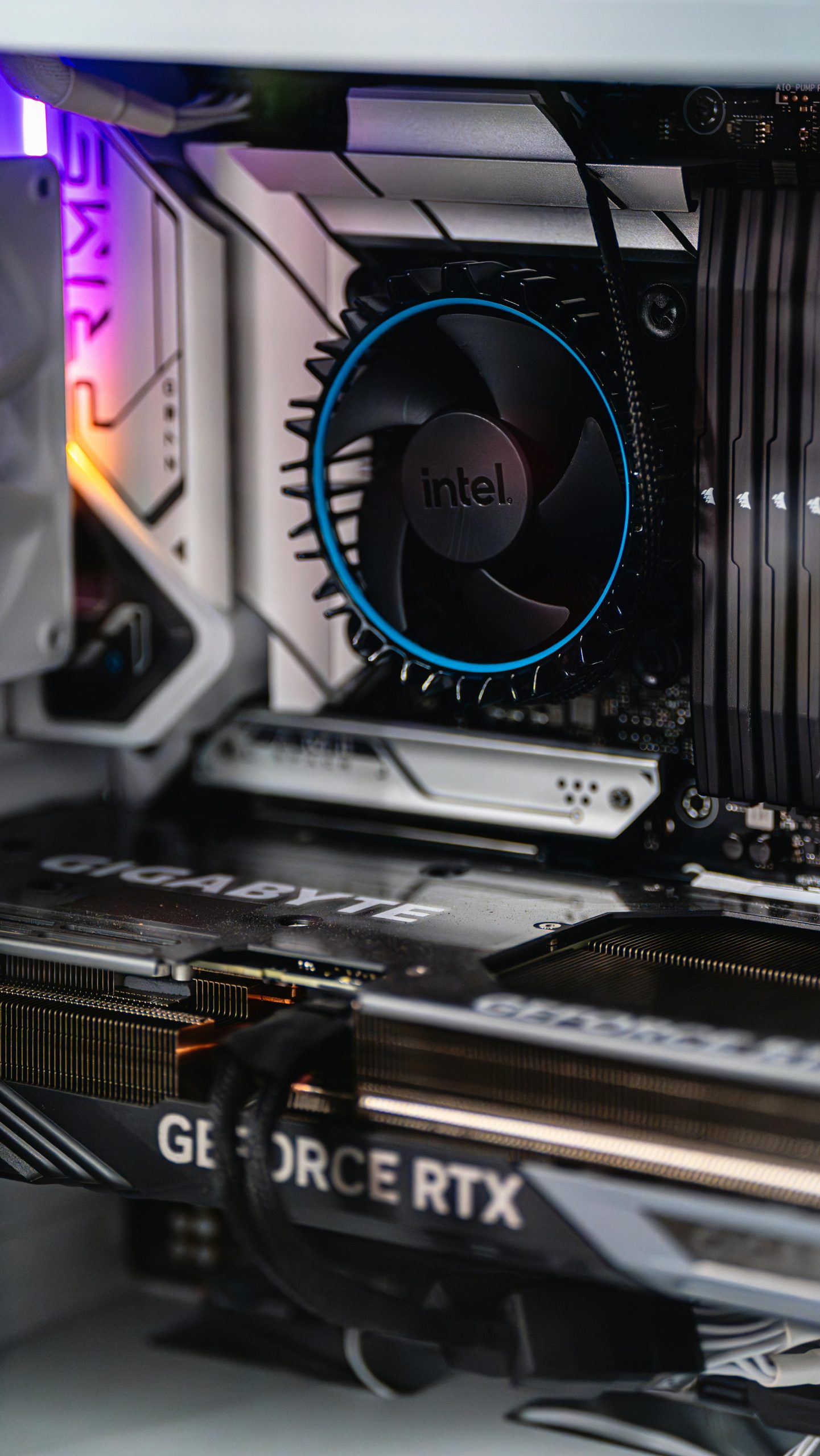Title: Troubleshooting a Laptop-Grade Graphics Card Installed in a Desktop PC
Introduction
Building or upgrading a gaming PC is an exciting venture, but it can also be fraught with challenges—especially when hardware compatibility issues arise. Recently, a user shared their experience of inadvertently installing a laptop-grade graphics card into a desktop PC, leading to system instability and driver conflicts. This article explores similar scenarios, highlights common mistakes, and offers professional guidance on resolving such issues.
Understanding Graphics Card Compatibility
A critical step in building or upgrading a PC is ensuring the hardware components are compatible. Laptop GPUs, such as the NVIDIA GeForce RTX 3050 Ti Mobile, are designed specifically for mobile systems—integrated into laptops and optimized for the thermal and power constraints of portable devices. Conversely, desktop GPUs are engineered for larger form factors, with specific connector types, power requirements, and cooling solutions.
Installing a laptop GPU into a desktop PC is generally not feasible due to hardware incompatibilities. Such GPUs often lack the standard PCIe interface, rendering them incompatible with typical desktop motherboards.
Common Issues Faced in Such Scenarios
- Hardware Incompatibility: The laptop GPU may physically not fit or connect to a desktop motherboard.
- Driver Problems: Attempting to run drivers designed for mobile GPUs on a desktop system can cause conflicts, leading to the device being unrecognized or appearing as a generic display adapter.
- System Instability: Driver conflicts or unsupported hardware can cause crashes, display failures, or the graphics card becoming “bricked.”
- System Recognition Failures: The device manager may only display a Microsoft Basic Display Adapter instead of the correct GPU.
Case Study: Inadvertent Laptop GPU Installation
In a recent situation, a user purchased a pre-built gaming PC and installed a laptop-grade NVIDIA GeForce RTX 3050 Ti into a desktop system. When attempting to update drivers, the graphics card ceased functioning properly and disappeared from the device manager, leaving only the Microsoft Basic Display Adapter.
Attempts to resolve the issue through system restore were unsuccessful, and the user expressed uncertainty about hardware compatibility and potential fixes, including replacing the GPU.
Potential Resolutions & Recommendations
-
Identify Correct Hardware:
Verify that all installed components are compatible with your motherboard. If the GPU is indeed a laptop variant, it cannot be used as a desktop GPU. -
Physical Inspection and Removal:
Remove the incompatible GPU and replace it with a desktop-compatible
Share this content:



